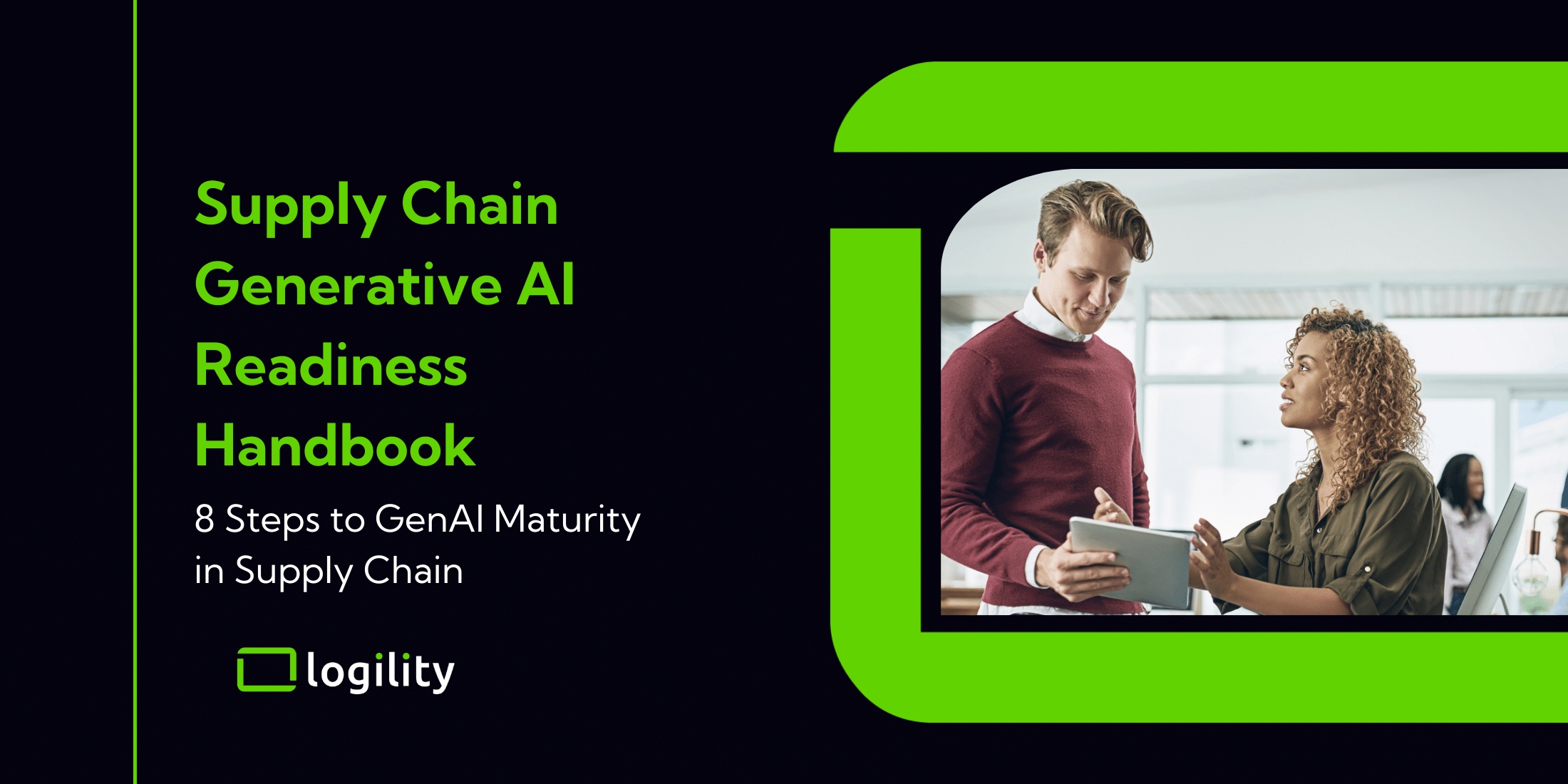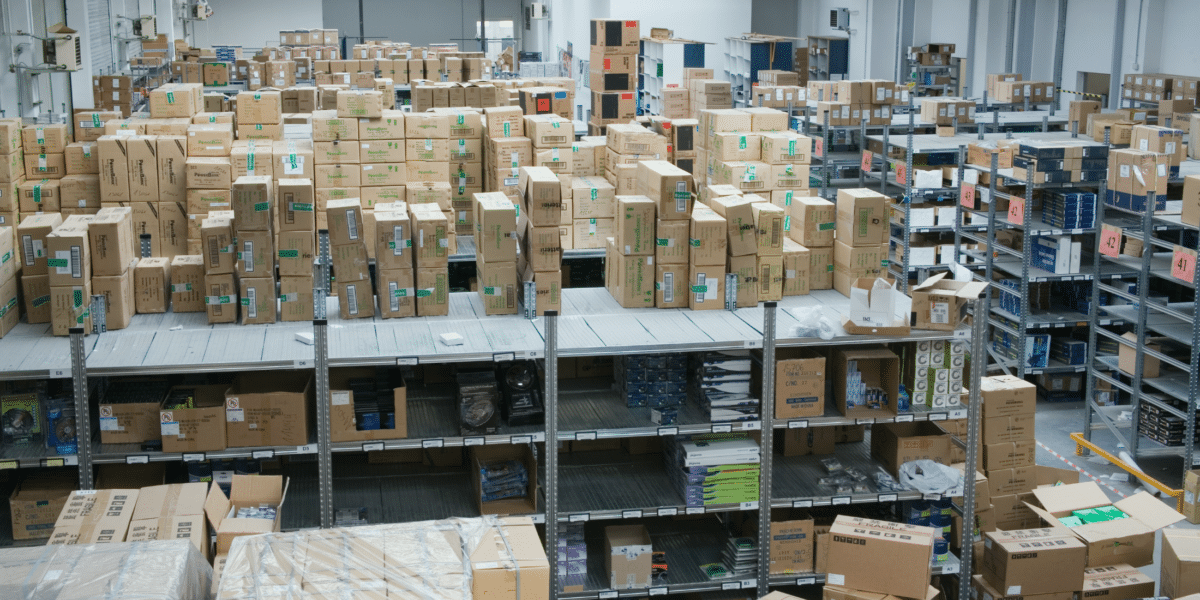
In the beginning, there was AI that learned. Then came generative AI drafting emails, designing ads, and helping developers code. But 2025 ushered a momentous change to everything we know about autonomy: goal-driven AI.
Generative AI (GenAI) took off by mimicking creativity. It could write poetry, generate code, or answer inquiries about next month’s forecast. That was impressive, but humans were still in charge.
Now comes agentic, which is completely flipping the script of autonomy. These agents can reason, plan, adapt, and execute multistep workflows with zero human supervision. They not only generate recommendations but also choose the best one and follow through.
Easily one of the most significant innovations in our lifetime that’s shaping the future of enterprise AI, agentic AI will be truly autonomous when completing complex workflows across organizations, from customer service and payment processing to fraud detection and order fulfillment.
As Logility’s senior vice president of R&D Scott Tillman puts it, “Agentic AI is taking those insights and actually doing action on them. Decisions that are manual in nature will start to be run by agentic AI as part of making those autonomous decisions.”
What makes supply chains an ideal proving ground for this evolution? It’s a natural fit for an environment built on orchestration across vendors, partners, inventory, and data.
The Rise of the Self-Healing Supply Chain
Today’s supply chains are under more pressure, navigating considerable hurdles such as macroeconomic instability, shifting demand patterns, climate events, and geopolitical friction. But to manage it all, supply chain professionals need action, not another dashboard.
This is precisely where agentic AI shines.
As McKinsey highlights in a recent report, AI is moving from assisting humans to empowering them through superagency. In supply chain terms, this translates into going beyond monitoring key performance improvements (KPIs) to enable systems to heal themselves and the processes and operations they run when disruptions occur. At the same time, higher levels of business creativity, productivity, and resilience are unlocked.
Imagine an AI agent that notices a port delay in Asia. Immediately, the agent reoptimizes inventory routes in North America and updates the customer in Europe – all without human involvement. But what seems like a simple case requires multiple agents and AI tools interpreting a disruption, assessing impact, optimizing multiple alternative scenarios, selecting the best, communicating rerouting instructions, updating customers, and so on.
The true breakthrough lies in what’s next: multi-agent orchestration. The connected ecosystem of composition agents works across fulfillment, procurement, planning, and logistics. Together, they’ll transform our ability to respond to change and understand trade-offs across a complex network, creating a “self-healing supply chain.”
From Insight to Action and the Path to Autonomy
Agentic AI is not about removing humans from the loop. At least, not yet. In conversations with supply chain leaders, Logility found a recurring theme: organizations still want control. They want the system to present a plan, but they also want to click the “go” button themselves.
That’s a savvy instinct. Because when the stakes are high, automation must earn trust.
Still, the direction is clear. Gartner predicts that mass adoption of agentic AI is six to eight years away. (Gartner, Emerging Tech Impact Radar: Conversational Artificial Intelligence, Danielle Casey, Eric Goodness, 6 December 2024) However, the companies that start now will shape the future. Whether it’s replenishment planning, route optimization, or demand signal validation, agentic AI shows it can drive impact today.
So, how can supply chain teams get started with agentic AI before full autonomy arrives?
It starts with specialized intelligence. Agents trained in supply chain logic and real-time business data can surface insights with unmatched speed and clarity.
Then comes augmentation. Agents drastically reduce information latency. Instead of spending hours synthesizing siloed data, planners get a consolidated, decision-ready view within seconds.
Finally, there’s democratization. Agentic AI empowers customer reps, sales leaders, and executives – who traditionally lack access to deep operational insights – to ask thoughtful questions and get strategic answers.
With these three capabilities, trust builds and, in response, autonomy scales. Instead of handing over the keys to the operations, supply chain professionals can see the results and extend their use case by case, starting with low-risk, high-confidence scenarios. Then, over time, they can apply the technology to more transformative tasks, processes, and frameworks.
Evolving the Supply Chain Experience
Logility is already putting agentic AI capabilities into practice with Logility Expert Advisor (LEA). Unlike traditional GenAI tools that provide general information, LEA comprises a set of specialized agents that understand the business, the data, and the specific goals of each user.
Logility’s AI-first approach has AI built in, not bolted on, designed to leverage traditional AI/ML, generative AI, and agentic AI throughout your end-to-end supply chain.
Ask a basic GenAI tool for supply chain KPIs, and you’ll get a textbook list that includes forecast accuracy, days of inventory, and capacity utilization.
But if you ask LEA the same question, you’ll receive a personalized response. The agentic AI-driven advisor offers a breakdown of your forecast accuracy using mean absolute percentage error (MAPE), real-time inventory metrics, fulfillment performance, and a contextual explanation of what’s working and what needs your attention.
Behind the scenes, the intelligent agents in LEA do the actual work of data collection, analytics, evaluation, and decision-making with:
- Clear, context-based comprehension of the question asked
- Retrieval of live planning data from AI-driven planning solutions
- Application of specialized intelligence to derive insights
- Summarization format that planners, executives, and frontline teams can understand
A New Operating Model for Supply Chain Resilience
Much more than a trend, agentic AI is an operating model for a new era of global business. It gives supply chain teams the tools to shift from reactive to resilient – from slashing time to decision to enabling proactive mitigation and democratizing insights across the business.
But here’s the best part: you’re still in control. Agentic AI is ready to do what you need at the moment, whether improving planning precision, supporting customer conversations, or eventually building a self-healing supply chain.
Begin your supply chain AI journey
Not sure if your business is ready for Agentic AI? Evaluate your AI maturity using this easy Supply Chain Generative AI Readiness Handbook.
Start here
Written by
Omar Nadi
Short bio
Omar is a product leader with two decades of experience working with global enterprises to optimize supply chains. He works with the Logility Applied Science team to pioneer new capabilities, delivering Generative AI solutions that change the way enterprises understand and assimilate data, offering new levels of decision support, and redefining planning.




